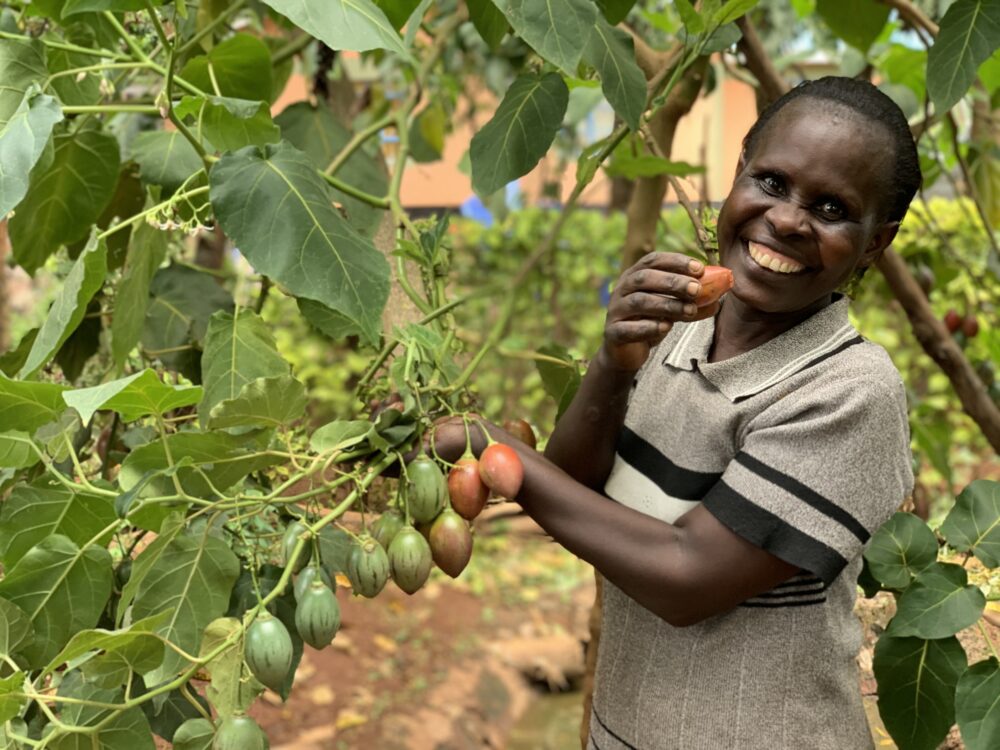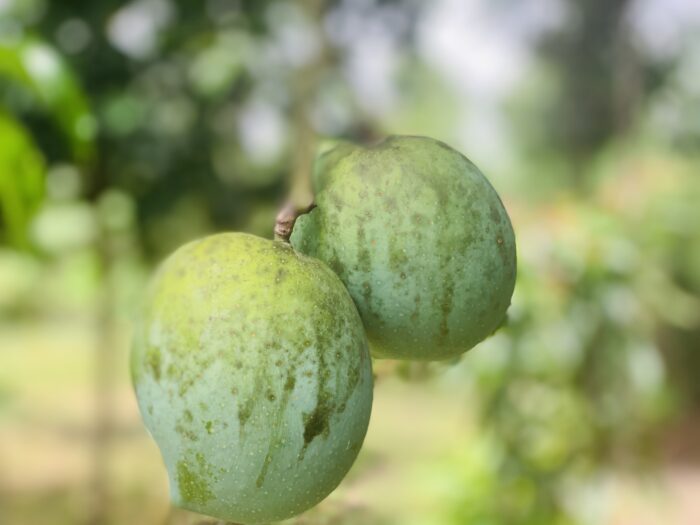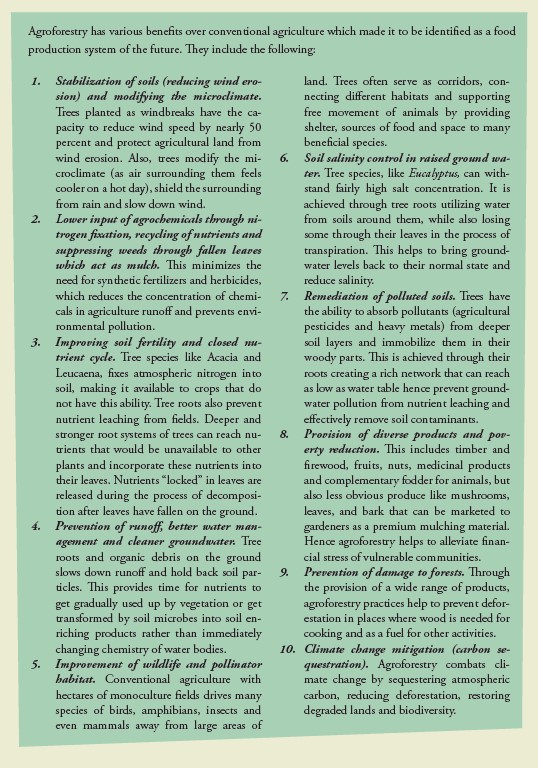Agroforestry – The Pathway To Secure The Right To Food In A Time Of Crisis
Date
October 16, 2020
Op-ed World Food Day
The ongoing Corona virus pandemic has not only affected health systems, but also threatened the right to food for one and all. Today, as the globe marks World Food Day and the 75th anniversary of the Food and Agriculture Organization of the United Nations, we have reason to voice our concern with the pandemic’s effects on food security, nutrition and livelihoods in East Africa. Our region was already challenged by poverty, climate change, locusts, floods and food shortage before the outbreak of the virus. It is now urgent that we take action to secure a sustainable and efficient land use, with the right to food as a major goal. A viable solution – agroforestry – is at hand, and it is time we give it greater recognition in policy and in practice.
Since the turn of the year 2020, the world has been battling an outbreak of the highly infectious new coronavirus disease 2019 (COVID-19). Of particular concern is the negative effects of the pandemic on food security and food systems. The Food and Agriculture Organization of the United Nations (FAO) recently estimated that in 2019, there were 2 billion people in the world who did not have regular access to safe, nutritious and sufficient food, whereof nearly 750 million experienced severe food insecurity. COVID-19 is currently predicted to cause a steep rise in numbers, forcing an additional 83-132 million people to go to bed hungry in 2020.
As we know, the pandemic comes on top of climate change shocks and other challenges threatening the food systems. The impacts hit the most vulnerable population hardest. We argue that efforts to safeguard the welfare of the people and secure their access to nutritious food should be a top priority. We need ambitious interventions that secure our food systems from various shocks – urgently as well as more long-term.
One very important intervention, we believe, is increasing efforts to support smallholder farmers in more sustainable and resilient land use, particularly agroforestry. Agroforestry is a shock-resistant and sustainable way of growing food. The method increases ecosystem services such as biodiversity, erosion control, drought resilience, carbon sequestration and increased soil moisture. At the same time, it provides increased yields of nutritious food, medicine, shade, fuel, fodder, compost material and more. Extensive research, as well as our own long experience from projects in Kenya, Tanzania, Uganda and Rwanda, prove that farmer families who switch from monoculture to agroforestry are much better off already after a few months.
In fact, the only agricultural system that yields more than one product annually is agroforestry. Whereas relying on a single crop tends to lead to food insecurity, a diversity of crops can give farmer families a more nutrient-rich diet and close the hunger gap between harvests of staple crops. Global actors like FAO, the World Food Programme and the United Nations Development Programme (UNDP) have therefore praised agroforestry as a viable means to help reach zero hunger by 2030 – a goal all countries have committed to under the UN Sustainable Development Goals.
As a method, agroforestry has been well-known in many traditional contexts since a very long time. Yet, the method remains grossly underutilized. The main challenge of adopting agroforestry among many smallholder farming families is the lack of a clear policy framework to define, host and spearhead a scaling up. Agroforestry is currently not coordinated properly in many countries. Consequently, farmers struggle to access inputs, finance, extension- and advisory services, as well as markets. Policymakers can rectify the situation and create an enabling environment for adopting and scaling up agroforestry to meet food and nutritional security goals in communities and societies.
We call on policy makers, the private sector and civil society to help agroforestry take its rightful place in policies, plans and budgets to secure the right to food in a time of crisis. To aid in this urgent task, we invite the media to reach out to policy makers as well as producers and consumers with information about the benefits of agroforestry. As governments craft their development blueprints – locally, regionally and globally – we urge them to give agroforestry priority, and to invite agroforestry producers to help shape sound policies and practices for everyone.
